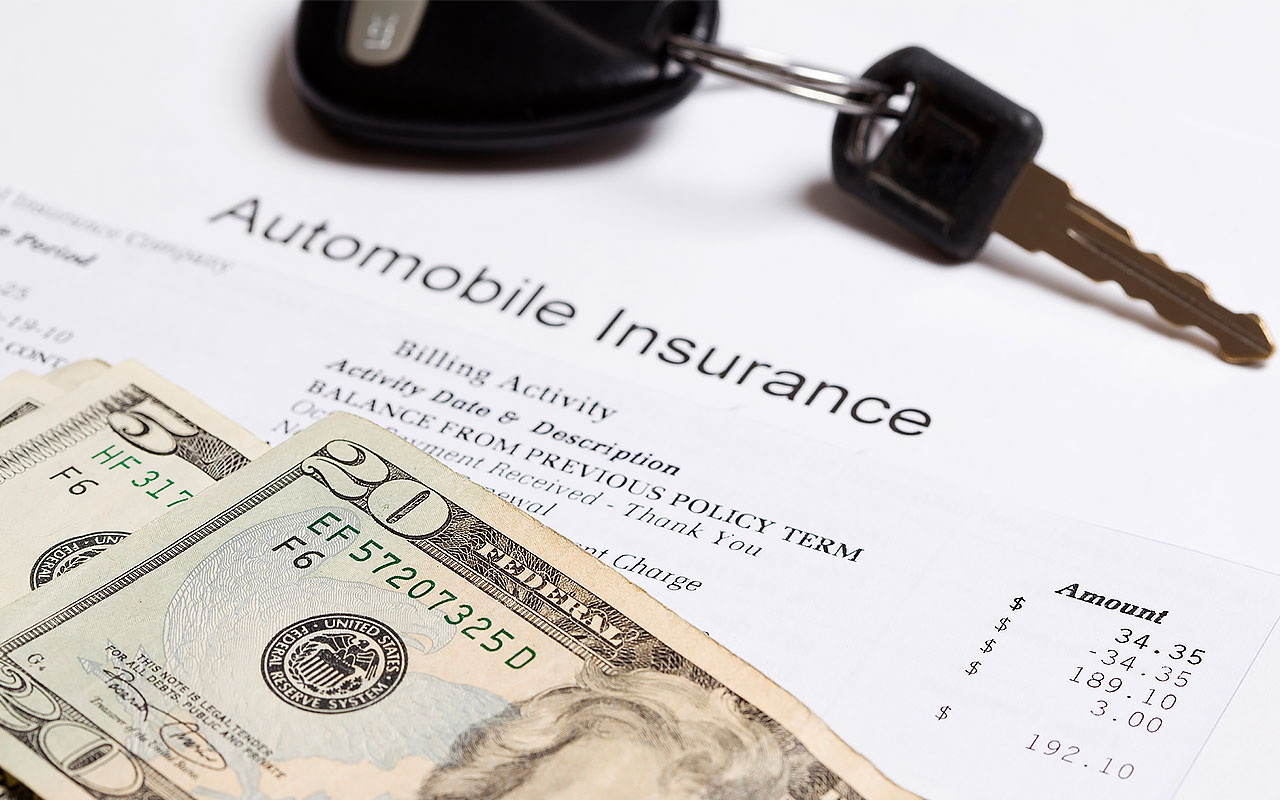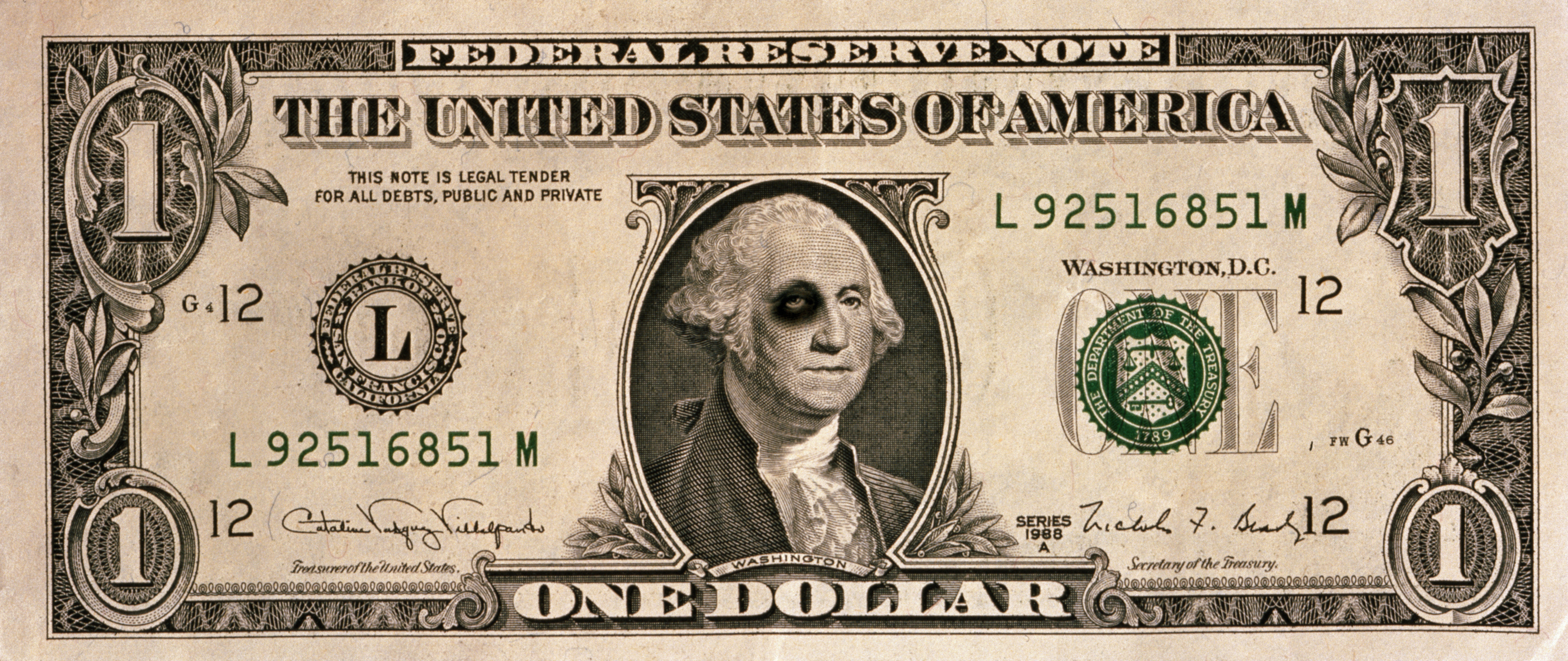12 Ways to Lower Your Auto-Insurance Premiums
Here's how to save on car insurance as rates remain elevated.


Erin Bendig
Car insurance rates just had their highest annual increase since 1976, jumping 19% in the last year. And because rates are so high, your car insurance bill is probably one of your largest regular expenses. In fact, Bankrate found that the average cost of car insurance in the U.S. is $2,014 per year, and on average, drivers spend 3% of their income on car insurance premiums.
As inflation keeps car insurance rates elevated, it's important to find ways to save where you can. Here are 12 popular ways to help you cut your car insurance premiums every year.
Car insurance rates just had their highest annual increase since 1976, jumping 19% in the last year. And because rates are so high, your car insurance bill is probably one of your largest regular expenses. In fact, Bankrate found that the average cost of car insurance in the U.S. is $2,014 per year, and on average, drivers spend 3% of their income on car insurance premiums.
As inflation keeps car insurance rates elevated, it's important to find ways to save where you can. Here are 12 popular ways to help you cut your car insurance premiums every year.
Pay your bills differently
One of the easiest ways to reduce your premiums is to find out if your insurer will give you a break for paying your bill in a lump sum rather than installments. Paying for the full policy term (usually six months) rather than monthly can reduce your rates up to 10%.
If you decide not to pay in full, you could also get a discount if you set up automatic payments from your credit card or checking account. And you could save 3% to 5% on premiums if you sign up to receive bills and other information online rather than through the mail.
Raise your deductible
Increasing your deductible can help lower your car insurance costs by hundreds. Since your out-of-pocket expense goes up in the case of an accident, your premium will be lower. However, be careful. Make sure you can reasonably cover these expenses if an accident does occur.
Plus, raising your deductible can also prevent you from filing small claims that could lead to a rate increase or jeopardize a claims-free discount. Add some money to your emergency fund so you’ll have the cash to pay the deductible if anyone in your family has an accident.
Bundle up
Buying your car insurance from the same company that provides your home or renters insurance can cut your rates by 5% to 20%. For example, if you have both your auto and home insurance through Progressive, you'll earn discounts on both policies, with an average savings of 5%. You may get an extra discount if you add an umbrella policy with the same insurer, too.
Get good grades
Most insurers offer a discount of 15% to 25% for young drivers who maintain at least a B average in high school or college. To qualify, the driver usually must be a full-time student younger than age 25.
Also, tell your insurer if your child moves more than 100 miles away from home for college and doesn’t take a car. Your premiums could drop by 20% or more—but your child will still be covered when home for vacation.
Sign up for data tracking
If you drive few miles and have safe driving habits, you could save money by participating in a data-tracking program, such as Progressive’s Snapshot, State Farm’s Drive Safe & Save or Allstate’s Drivewise. You use an app on your smartphone or plug a device into your car that tracks how many miles you drive, how often you drive late at night and whether you exhibit potentially dangerous driving habits, such as braking hard and accelerating rapidly.
The average premium savings for participating is 10% to 15%, although discounts can be as high as 50%. According to Progressive, drivers who save with Snapshot save an average of $231 a year. Some insurers will raise your rates if you show risky behavior, although you can usually review your results online so you can improve your habits before your rate is set each term. See How Tracking Rewards Good Drivers for more information.
Shop around
Car insurance premiums can vary quite a bit by company. It’s a good idea to shop around for car insurance every few years, or more often if you’ve had any big life changes — say, if you got married, you moved or your teenager has started driving. The insurer that had the best rate for a married couple may charge some of the highest rates when you add a teen driver.
You can compare rates from several insurers at Insurance.com or InsuranceQuotes.com. Or you can get help from an independent insurance agent who works with several companies (go to www.TrustedChoice.com to find agents in your area). Insurers’ websites, such as StateFarm.com, Allstate.com and Geico.com, also provide quotes. Your state insurance department may have a list of insurers that sell auto insurance in your area (see www.naic.org/map for links).
Drop certain types of coverage on older cars
Collision coverage pays to fix damages to your car caused by a collision with another car or object. Comprehensive coverage pays for damages caused by other covered events, such as theft, natural disasters, collision with an animal or if an object falls on your car (such as a tree).
Even if your car is totaled, the most you’ll usually get is the replacement cost for a car of its age. If your car is only worth a few thousand dollars, you may be paying more in premiums than you could ever get back from the insurer after paying your deductible. Compare the premiums for keeping the coverage with the cost to replace the car. Go to Edmunds.com or KBB.com to estimate your car’s replacement cost.
Take a driver-safety program
In many states, drivers younger than age 21 who take an approved driver-education course may get a discount. Some insurers even offer their own driver-safety programs that can save you extra money. State Farm’s Steer Clear program, for example, can cut premiums by up to 15% for drivers younger than 25 who have had no accidents and participate in the training program. (The program requires drivers to watch safe-driving videos, take quizzes and record their trips, all on the Steer Clear app.)
Some insurers also give discounts of 5% to 15% for drivers age 60 or older who take an accident-prevention class. Organizations such as AARP, AAA and The National Safety Council (NSC) provide these classes.
Watch the clock after an accident or ticket
In most states, tickets and at-fault accidents remain on your driving record for three or five years. Longtime customers with good driving records may not get a rate hike at all. But many insurers check motor vehicle records every 12 to 18 months. If your rate does rise, shop around. Some insurers care less about accidents or tickets than others. And when an accident or ticket drops off your motor vehicle record, ask your insurer to remove the surcharge and then re-shop your policy.
Get a safe car
You could qualify for further savings if your vehicle is up to par with safety equipment, which can include air bags, anti-lock brakes, anti-theft systems and anti-collision technology. Therefore, before you buy a vehicle, find out how much it tends to cost to insure. You can find out if a car tends to have higher or lower insurance costs by using State Farm’s vehicle rating tool and checking out a car’s safety ratings from the Insurance Institute for Highway Safety.
State Farm offers auto insurance discounts on 1994 and newer-model-year private-passenger vehicles based on the loss experience of the make and model of the insured vehicle.
Improve your credit score
In most states, insurers can use your credit score when setting your insurance rates. Check your credit report free at AnnualCreditReport.com, and make sure there aren’t any errors that can hurt your score.
Paying your bills on time, limiting new credit and keeping your charges low in relation to your available credit can also help you improve your credit score. See the credit-education page at MyFico.com for more information about factors that can affect your score.
Maintain a safe driving record
By keeping a safe driving record, most insurance companies will reward you with a discount. For example, Geico offers up to 22% off of most coverages if you’ve been accident-free for five years. And according to Progressive, "if you've had no tickets or accidents in the past three years, your policy price could average 31% less than customers who have accidents or violations."
Get Kiplinger Today newsletter — free
Profit and prosper with the best of Kiplinger's advice on investing, taxes, retirement, personal finance and much more. Delivered daily. Enter your email in the box and click Sign Me Up.

As the "Ask Kim" columnist for Kiplinger's Personal Finance, Lankford receives hundreds of personal finance questions from readers every month. She is the author of Rescue Your Financial Life (McGraw-Hill, 2003), The Insurance Maze: How You Can Save Money on Insurance -- and Still Get the Coverage You Need (Kaplan, 2006), Kiplinger's Ask Kim for Money Smart Solutions (Kaplan, 2007) and The Kiplinger/BBB Personal Finance Guide for Military Families. She is frequently featured as a financial expert on television and radio, including NBC's Today Show, CNN, CNBC and National Public Radio.
- Erin BendigPersonal Finance Writer
-
 What Wall Street's CEOs Are Saying About Trump's Tariffs
What Wall Street's CEOs Are Saying About Trump's TariffsWe're in the thick of earnings season and corporate America has plenty to say about the Trump administration's trade policy.
By Karee Venema
-
 The Role of the U.S. Dollar in Retirement: Is It Secure?
The Role of the U.S. Dollar in Retirement: Is It Secure?Protect your retirement from de-dollarization, because “capital always goes where it is treated best."
By Adam Shell
-
 What to Do With Your Tax Refund: 6 Ways to Bring Growth
What to Do With Your Tax Refund: 6 Ways to Bring GrowthUse your 2024 tax refund to boost short-term or long-term financial goals by putting it in one of these six places.
By Rachael Green
-
 What Does Medicare Not Cover? Eight Things You Should Know
What Does Medicare Not Cover? Eight Things You Should KnowHealthy Living on a Budget Medicare Part A and Part B leave gaps in your healthcare coverage. But Medicare Advantage has problems, too.
By Donna LeValley
-
 15 Reasons You'll Regret an RV in Retirement
15 Reasons You'll Regret an RV in RetirementMaking Your Money Last Here's why you might regret an RV in retirement. RV-savvy retirees talk about the downsides of spending retirement in a motorhome, travel trailer, fifth wheel or other recreational vehicle.
By Bob Niedt
-
 The Six Best Places to Retire in New England
The Six Best Places to Retire in New Englandplaces to live Thinking about a move to New England for retirement? Here are the best places to land for quality of life, affordability and other criteria.
By Stacy Rapacon
-
 The 10 Cheapest Countries to Visit
The 10 Cheapest Countries to VisitWe find the 10 cheapest countries to visit around the world. Forget inflation woes, and set your sights on your next vacation.
By Quincy Williamson
-
 15 Ways to Prepare Your Home for Winter
15 Ways to Prepare Your Home for Winterhome There are many ways to prepare your home for winter, which will help keep you safe and warm and save on housing and utility costs.
By Donna LeValley
-
 Six Steps to Get Lower Car Insurance Rates
Six Steps to Get Lower Car Insurance Ratesinsurance Shopping around for auto insurance may not be your idea of fun, but comparing prices for a new policy every few years — or even more often — can pay off big.
By Donna LeValley
-
 How to Increase Credit Scores — Fast
How to Increase Credit Scores — FastHow to increase credit scores quickly, starting with paying down your credit card debt.
By Lisa Gerstner
